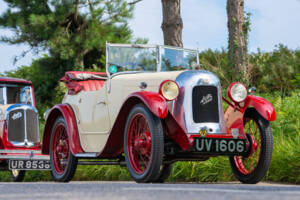Austin 7 Classic Cars for Sale
The Austin 7 is one of Britain’s most important pre-war small cars, produced from 1922 to 1939. Compact, mechanically straightforward, and available in a wide range of body types—from saloons to sporty specials—it remains a favourite for enthusiasts seeking vintage driving experiences, remarkable adaptability, and accessible maintenance. Discover more about the Austin 7’s history and your options for buying this prewar classic.
Search results
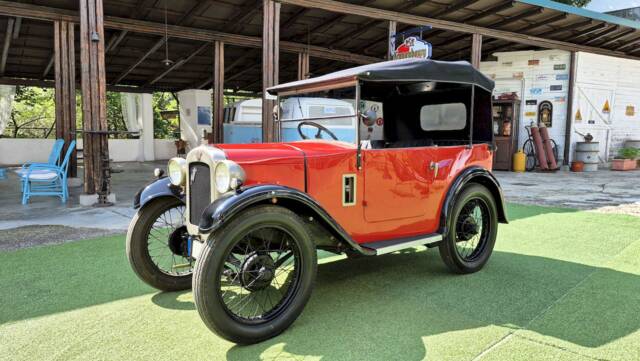
1930 | Austin 7 Tourer
Austin Seven “Chummy” Tourer 4 Seater – 1930
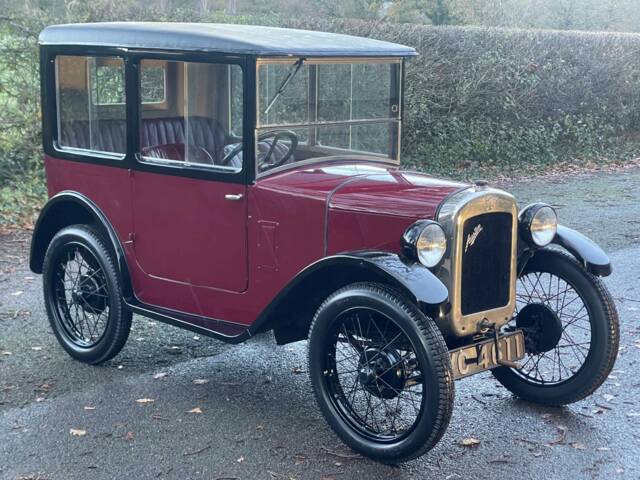
1928 | Austin 7 R Fabric Saloon
Vintage Austin Seven 'Top Hat' saloon
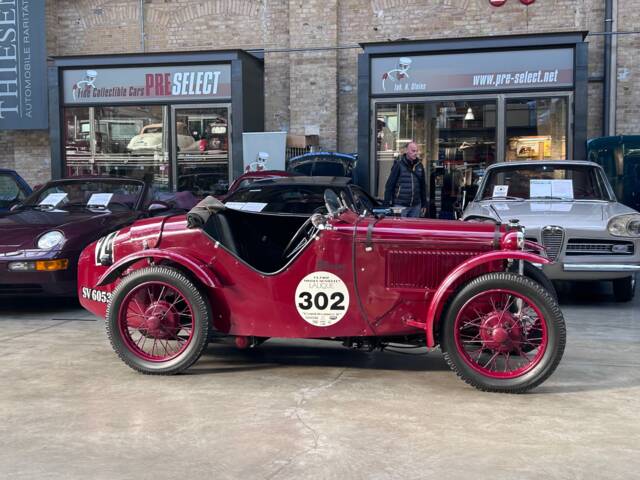
1930 | Austin 7 Special Ulster
excellent Recreation by Peter Maguire.

1929 | Austin 7 Swallow
Open Two-Seater
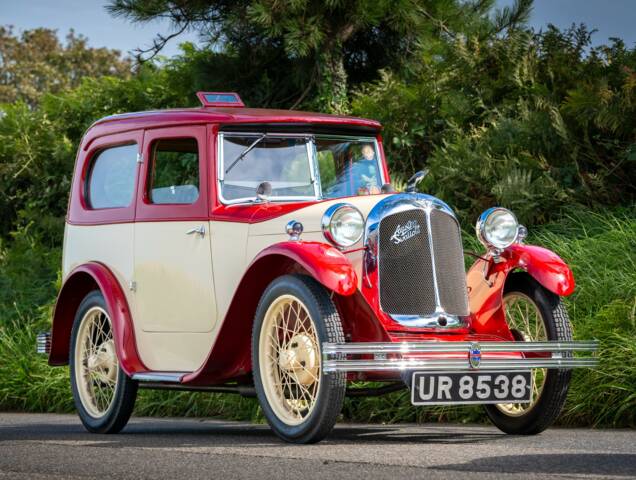
1931 | Austin 7 Swallow
Saloon
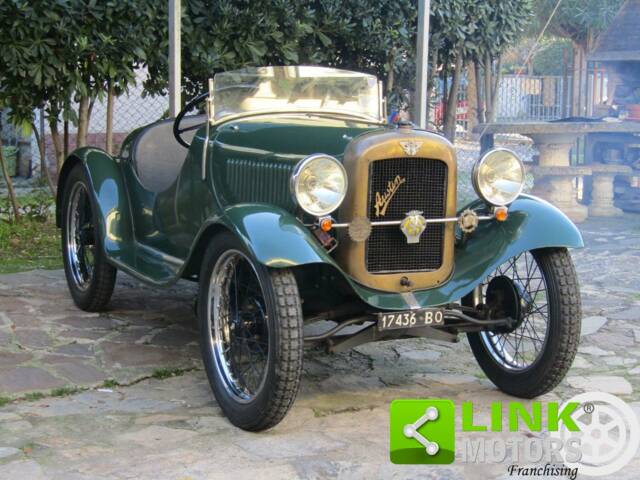
1929 | Austin 7 Swallow
AUSTIN SEVEN SPORT SILURO MARCIANTE SU STRADA
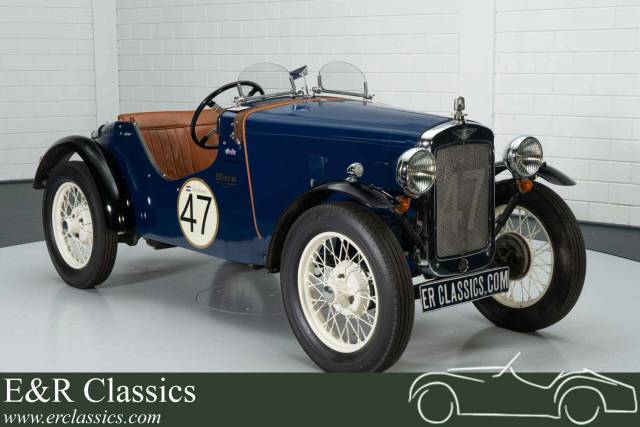
1936 | Austin 7 Nippy
Austin 7 Cabriolet
History of the Austin 7
When Herbert Austin set out to design a small, practical car after World War I, he teamed up with Stanley Edge to deliver the Austin 7—a compact vehicle aimed at replacing motorcycles and sidecars as affordable family transport. The Austin 7 debuted in 1922 at £225, offering a four-cylinder engine and a charming lightweight body. The little car quickly won the British public over, providing mobility for those who had never owned an automobile. Produced through 1939, the 7's simplicity, affordability, and adaptability led to broad licensing abroad: the BMW Dixi in Germany, Rosengart in France, and the American Austin in the US are all derivatives. Over its production, around 290,000 examples left the factory, cementing its place in British automotive history.
Model History of the Austin 7
The Austin 7 came in several generations and numerous body styles. The original model launched in 1922 with a small four-cylinder engine and basic touring coachwork. By 1923, the engine capacity had increased from 696cc to 747cc, maintaining reliability and modest power output. Numerous body styles were available, including two-seat roadsters, saloons, coupés, cabriolets, and estates. In 1933, the third generation Austin 7 arrived, featuring a 76mm longer wheelbase and an updated 747cc engine with 12 bhp. Production ran until 1939, with models such as the Ulster and Nippy offering a sportier experience. After World War II, Austin 7s often became the basis for specials and racing conversions, including the early Lotus and McLaren cars.
Highlights of the Austin 7
The Austin 7 is celebrated for its lightweight construction—often under 350 kg—and simplicity. Mechanical brakes, minimalistic cockpits, and a range of bodies meant each car was tuned for its intended use, from utilitarian runabouts to rally-prepped specials. Its influence extended far: the design served as the foundation for the first BMW car, the French Rosengart, and Japan’s early Datsuns. Period features include 19-inch wire wheels, six-volt electrics (with some later cars upgraded to 12 volt), and a spartan interior. Accessories like luggage racks, spare wheels, and original Marchal headlights were common. Demand statistics indicate that Austin 7s represent 97.1% of Austin listings and 98.8% of demand among Austin classic cars on the market, making it by far the dominant model in UK supply and interest.
Technical Data
Special Editions and Collectible Models
Celebrated variants include the Ulster—a purpose-built competition model with improved performance and lowered coachwork—and the Nippy, an open two-seater sports car. Racing driver Gordon England produced the Brooklands Super-Sports for competition enthusiasts, capable of reaching remarkable speeds for its time. Bodybuilders such as Markham-Peasey and Salamanda also created rare custom coachwork, making surviving examples especially sought after today.
Weak Spots and Common Issues
Austin 7s are lauded for their robust, basic mechanics and are generally straightforward to repair. Nonetheless, buyers should be aware of ageing mechanical brakes, wear in the gearbox, rust in steel bodywork, and possible electrical system degradation (especially in original 6V cars). Special builds or modified vehicles may reveal further individual issues, such as clutch weakness, driveline wear, or non-original upgrades requiring unique replacement parts. Always verify comprehensive documentation and service history—many cars are accompanied by period papers and receipts.
Engine and Performance, Transmission and Handling
The Austin 7's light kerb weight (around 350 kg) and responsive steering deliver lively, engaging performance even with modest power (typically 12–16.5 hp depending on model and specification). Early cars used basic three-speed gearboxes, while later models often had synchromesh four-speed transmissions. The mechanical brakes require careful adjustment, and the ride is firm but direct—a characteristic of pre-war engineering. Many cars have been adapted for amateur rally use or race events, taking advantage of their agility and simplicity. Noteworthy editions include sports models like the Ulster and Nippy; the Ruby two-door saloon is a popular body style. The saloon, cabriolet, open tourer, and rare specials (like those by Markham-Peasey or Salamanda) each offer distinct character and collectability.
Interior, Comfort, Exterior and Design
The Austin 7 combines classic 1920s and 1930s visual elements: upright, narrow bodies, wire-spoked wheels (19-inch standard, smaller for sports cars), and minimalist details. Most interiors are stripped back to essentials—metal frame seats with leather covers, no heating, and bare dashboards. Period-correct accessories include luggage racks, spare wheels mounted externally, Marchal lamps, trafficators (semaphore indicators), and simple cloth roof hoods or folding windscreens. Special colours and design flourishes were available from independent coachbuilders—look for cars finished with birch wood, two-tone paint, or rare accessories.
Other Information
The Austin 7’s legacy extends into motorsport and cultural history: several well-known racing drivers, including Bruce McLaren and the founders of Lotus, used Austin 7 specials as launchpads for their engineering careers. A wealth of spare parts and historical clubs supports current owners, and many examples are still actively driven in rallies and historic motoring events.
Summary
The Austin 7 offers a pure, unfiltered glimpse into vintage British motoring. From its adaptable design and robust engineering to its global influence and continuing presence at historic rallies, the Austin 7 stands as the definitive choice for those drawn to the driving dynamics and unmistakable charm of prewar small cars. Whether you seek an original saloon, a nimble sports special, or a coachbuilt rarity, the 7 is unmatched in the Austin classic car world.



